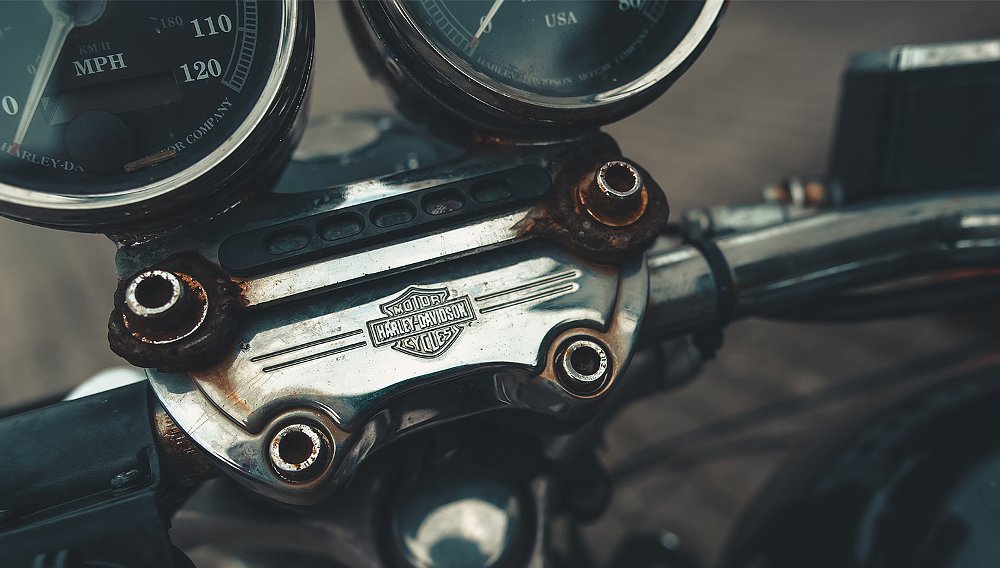Andy Greaser was recently bemoaning the paucity of quality, cheap motorcycles available for purchase lately. “Cheap bikes are the closest thing I have to a specialty,” he pointed out.
Cheap bikes ain’t really so cheap any more, however.
To get additional perspective on why that is, I called up Canuck and fellow cheap-bike-connoisseur RyanF9. For the professional point of view, I talked to Dennis Martin, owner of Martin Moto, a multi-line dealership in Boyertown, Pennsylvania. Over the past year or so I think each of us has asked ourselves some variant of the article title. Maybe you have, too. So what gives?
There are a few reasons why cheap bikes are hard to find these days.
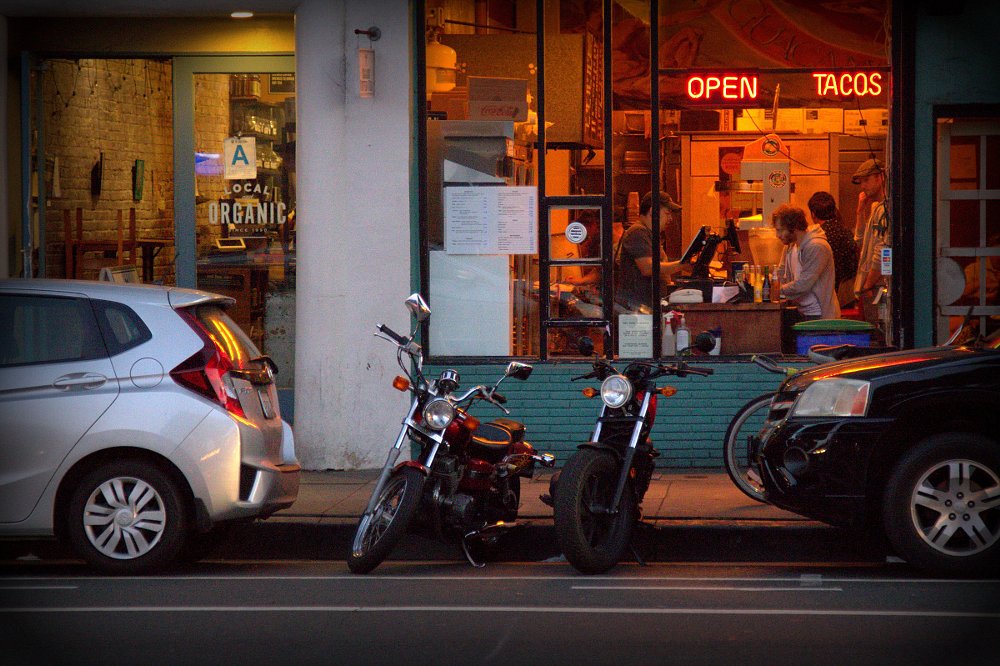
New and used motorcycles are in short supply
Somewhat obviously, the ramifications of the pandemic included ripples in the supply chain. Components from many suppliers go into a new motorcycle, and the breaks in the chain(s) had the net effect of cutting supply rapidly. The companies that make parts and the manufacturers who build finished motorcycles both shut down for a while in 2020. Intelligent dealers realized this and held firm on prices as new motorcycles were in limited supply.
At Martin Moto, the focus shifted to used motorcycles out of necessity. “I’ve got 165 motorcycles on backorder," Dennis Martin stated flatly. "New inventory just isn’t here.” Martin Moto is not alone.
This is being compounded by a burgeoning shortage in shipping containers, making shipments both slower and more expensive. The law of supply and demand tells that when supply is constrained, the price goes up, so paying sticker (MSRP) is now the norm for new bikes — even inexpensive, small-displacement machines.
If new motorcycles aren’t available, microeconomics tells us that a used motorcycle is likely an “imperfect substitute” — a term that really doesn’t need much explanation. If you want a new bike and can’t access it (or can't afford it at the new higher price), a lightly used motorcycle might be OK.
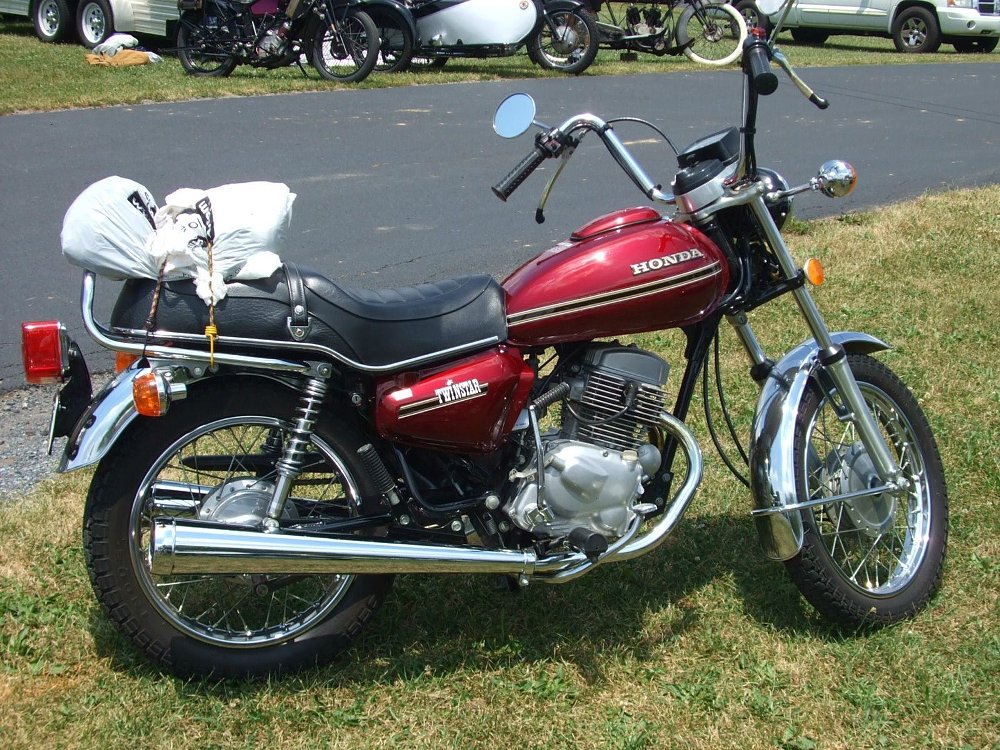
Cheap bikes come in all forms, but those shopping at the very bottom end of the market (Greaser and I) are buying used machines. The no-new-bikes pressure at the top cascades right down to the bottom. In a recent market report, National Powersports Auctions looked at average wholesale prices for used motorcycles in a few segments in December 2020 compared to a year earlier. For on-road motorcycles, the range included a 32 percent increase in domestic cruiser, 27 percent increase in metric cruiser, 28 percent in sport and 32 percent in dual-sport.
It all adds up to fewer motorcycles for sale and fewer cheap ones.
What about demand?
If that's the supply side of the equation, what about demand? Shouldn't higher unemployment cut the number of potential buyers?
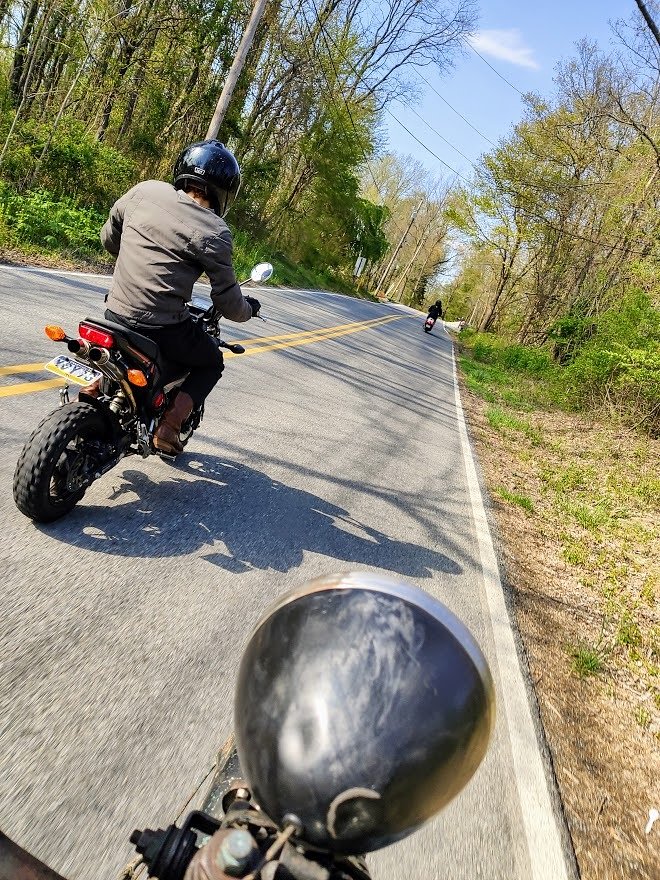
RyanF9 brought some additional Canadian context, telling me about something called CESB.
"The Canada Emergency Student Benefit provided $1,250 per month for up to four months, maxing out at $5,000," Ryan said. "The underlying premise is that students work in the service industry to support themselves, but work was unavailable. The reality is that many students had pre-existing education funds and no plans to work during their schooling. To these people, CESB is a pure windfall.
"Johnny is 20 years old, suddenly with no classes to attend, and aching for some freedom from his mother's basement. He's the perfect first-motorcycle candidate. Then $5,000 lands in his pocket."
Color me jealous!
In addition to a little extra money, many people found themselves with more time for leisure activities. Motorcycling happens to be an activity that is pretty simpatico with current risk-prevention recommendations. Forced and voluntary avoidance of mass transit also made motorcycles a more attractive option for some, and something of a necessity for others.
"The far-reaching effects of the pandemic also mean that other uses of disposable income, like sports, travel, or live entertainment, were disrupted," Andy pointed out. "A motorcycle can provide all three."
Personally, I’ve long felt that the biggest competition for the motorcycle industry collectively were other seemingly innocuous discretionary purchases — dinner out, a concert, maybe a shiny new bicycle. Every buck a consumer spends on those is a buck they can’t use for tires, helmets, or gremlin bells. With the pandemic putting a halt to things like vacations, travel, and entertainment, more discretionary dollars were freed up to buy things like cheap motorcycles.
Cheap motorcycles aren't as cheap as they used to be
In 1967, a Honda Super Cub ran $245, which works out to about 2,127 “today” dollars. You can still buy a new Super Cub now... for $3,749. The motorcycle’s mission, looks, and general layout are pretty similar, so is that a fair price? Well, consider a new one has electronic ignition, a bigger engine, ABS, fuel injection, cast wheels, and a disc brake. Added features mean added cost. But the higher price of a cheap new bike cascades into the used market, too, of course.
"I've seen a huge decrease in the quality and quantity of sub-$1,500 motorcycles around Philly," said Greaser. "It wasn't long ago that I could reliably find a $500 beater to spice up my weekend if the wrenching mood struck. The used dirt market is especially crazy right now. I could triple my money on a used dirt bike I bought right before the pandemic started!"
RyanF9 served up another data point. "A $1,500 motorcycle doesn't really exist in Canada," he said. "If a bike has a clean title and works, it's two grand. Everything else will be utter rubbish."
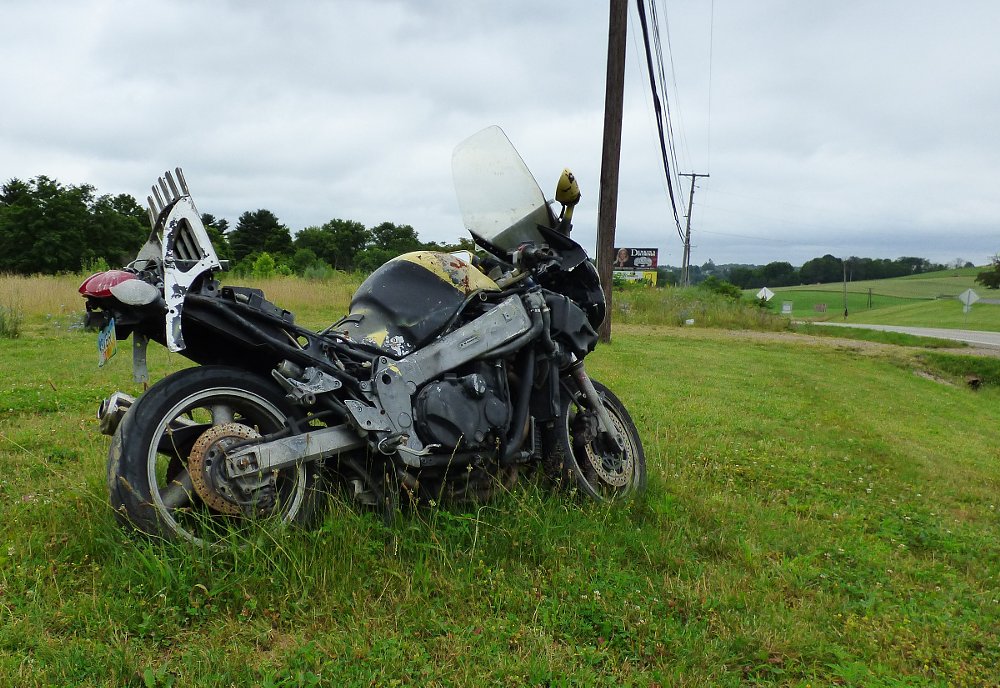
One result of these trends is that riders looking to move up may have to go back in time. Some of you may remember Stink and his little Grom. Stinky is coming into his fourth spring on a bike this year, and he’s probably ready for something with a bit more displacement. The problem he’s been having, however, is one many riders face at present: Since new motorcycles are becoming more expensive, going up the displacement scale often means moving backwards chronologically to keep the cost manageable.
Dennis Martin told me the story of a young rider who came in looking to get something a bit bigger than his 2020 Kawasaki Z400. Dennis paid the individual top dollar for the Kawi, and the fella left on a 600 cc sport bike — from 2008.
The bottom line is that cheap bikes can still be had. They just are increasing in price, like most consumer goods purchased with fiat currency. If you’re locked into a certain price range, it’s likely your finds will be older, rattier, and probably of smaller displacement for the most part, compared to pre-pandemic days. And you may be looking a little longer.

 Membership
Membership









